U.S. Order: Flat Rate $8.98 or Free Shipping Over $50

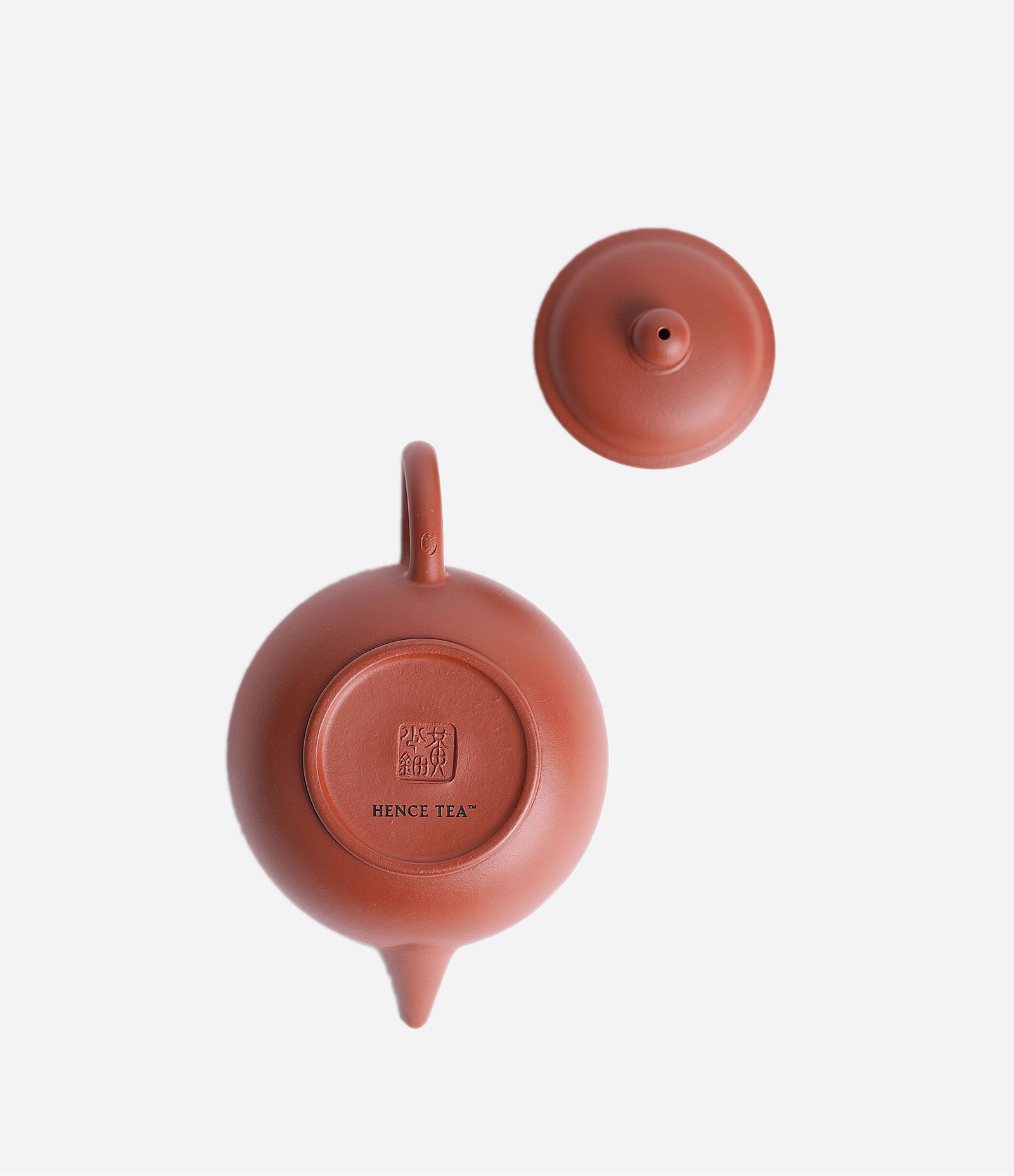
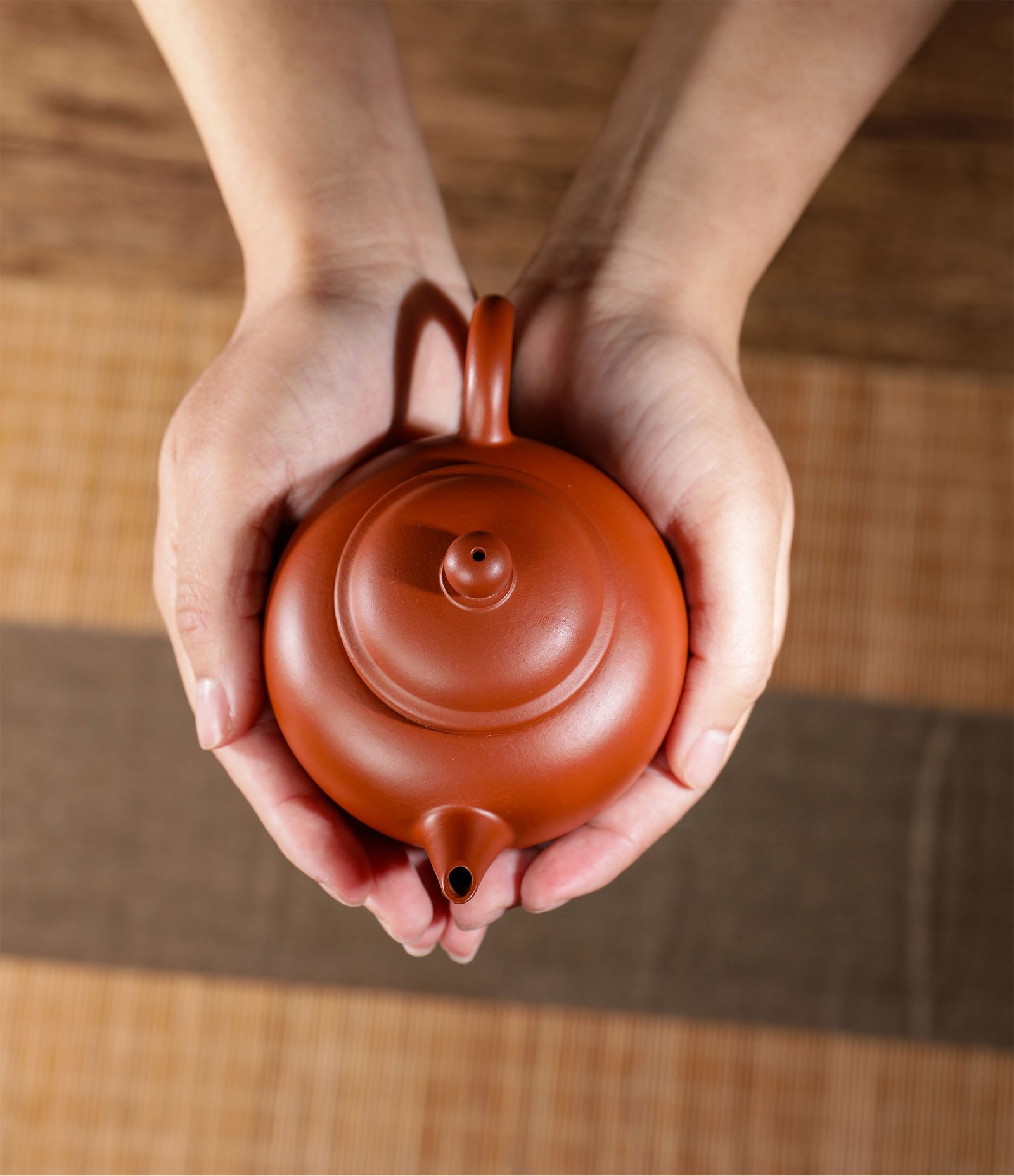

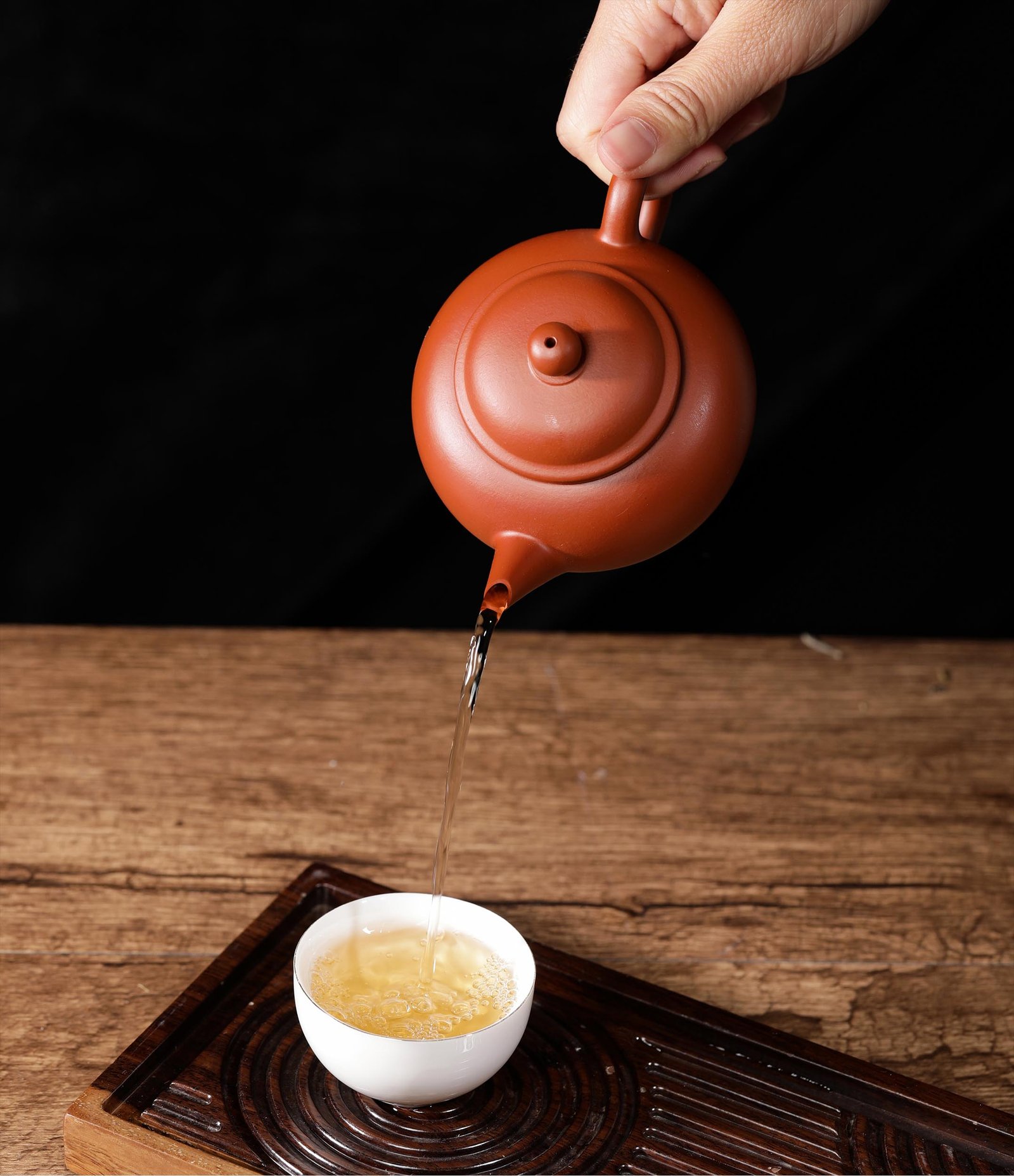





Zisha (Yixing Clay) Pot, Hence No. 1
tea pot | zisha
$126.95
This Zisha pot has a round body, overhanging lid with a round knob, regular handle, ring foot and flat straight spout. It is suitable for serving 1 to 2 people.
Zisha pots are best suited for oolong tea, black tea, and dark tea.
Capacity
6.0 fl oz
Yixing,
Jiangsu

Material
Zisha Clay
For first time use, cleanse with warm water.
For daily use, pour some hot water into the pot (from outside to inside) to warm and cleanse it before adding leaves.
Each pot should be used for one category of tea only (oolong, black or dark tea).
Do not put this Zisha teaware in a dishwasher; do not use detergent; simply rinse carefully.
In stock
discover more
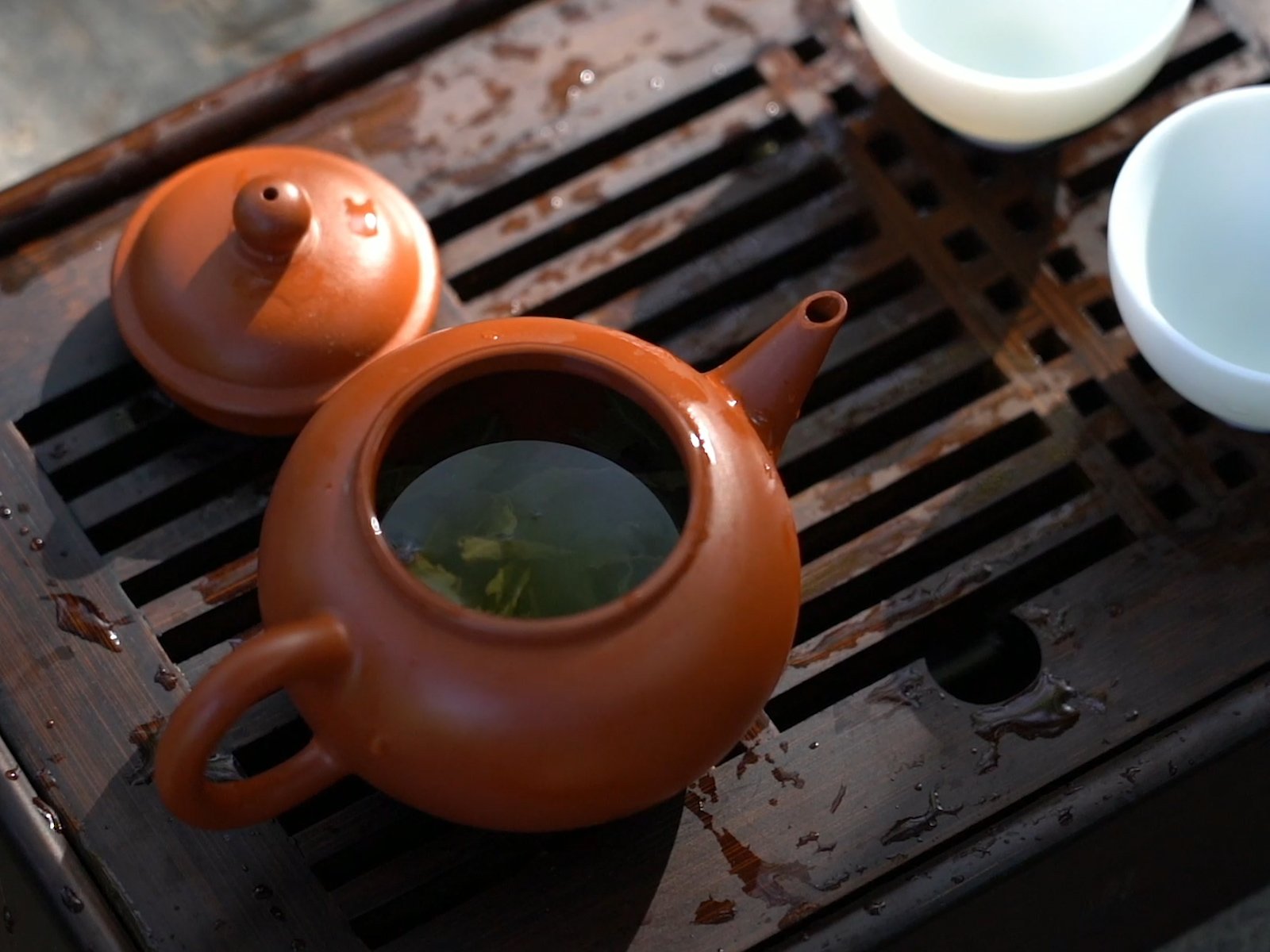

Because the interior of the pot is unglazed, Zisha teapots offer good air permeability to retain the original fragrance of the tea. Over time, the pot absorbs the flavor of the tea and builds up a patina that enhances future brews.
Zisha teapots are delicate and attractive, exquisitely shaped, and finely carved by hand. Not only are they used for serving, they are also beautiful ornaments.
The Zisha pot originated in Yixing, China. “Zisha,” also called “Yixing Clay” can only be found around Lake Tai, the great lake in the Jiangsu Province. The special clay is made of kaolin, quartz, and mica. It is also rich in iron oxide, which enhances the flavor and aroma of the tea, and lends the teapot its strong durability.
The Zisha pot is famous for its simple and unadorned appearance, which is considered as a symbol for returning to the humble roots of tea. Tea lovers appreciate its simplistic beauty and cultural meaning.
Legend has it that the Zisha pot was first used during the Song dynasty. A local man, Gong Chun, from Yixing, discovered Buddhist monks making jars with the local clay. He learned the craftsmanship and made a teapot inspired by the porous texture of gingko trees. This teapot then became a popular trend and to this day Yixing remains synonymous with teapots.
You might also like
Related products
-
Gaiwan, Hence No. 2
Rated 5.00 out of 5$94.98 Add to cart -
Gaiwan Set, Hence No. 1
Rated 4.75 out of 5$115.95 Add to cart -
Zisha (Yixing Clay) Pot, Hence No. 3
Rated 5.00 out of 5$138.95 Add to cart -
Tieguanyin (Roasted)
Rated 5.00 out of 5From: $18.98 Select options



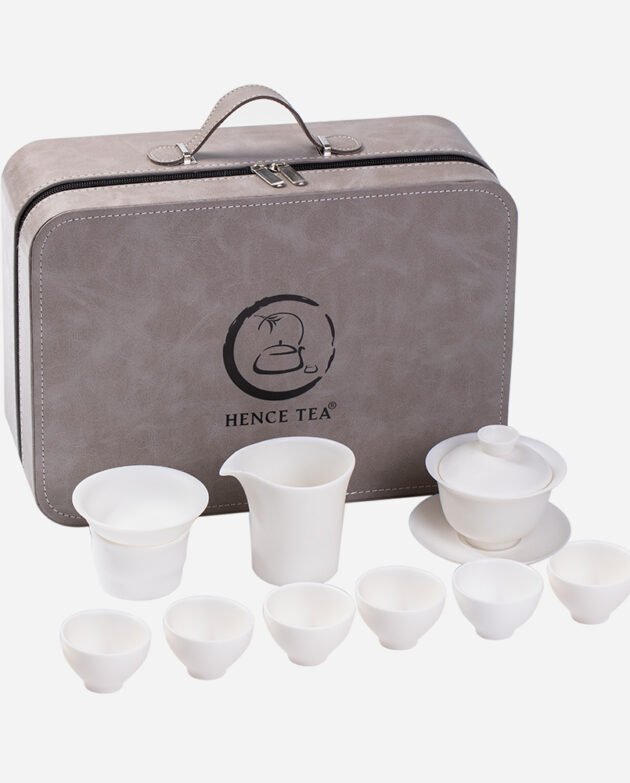
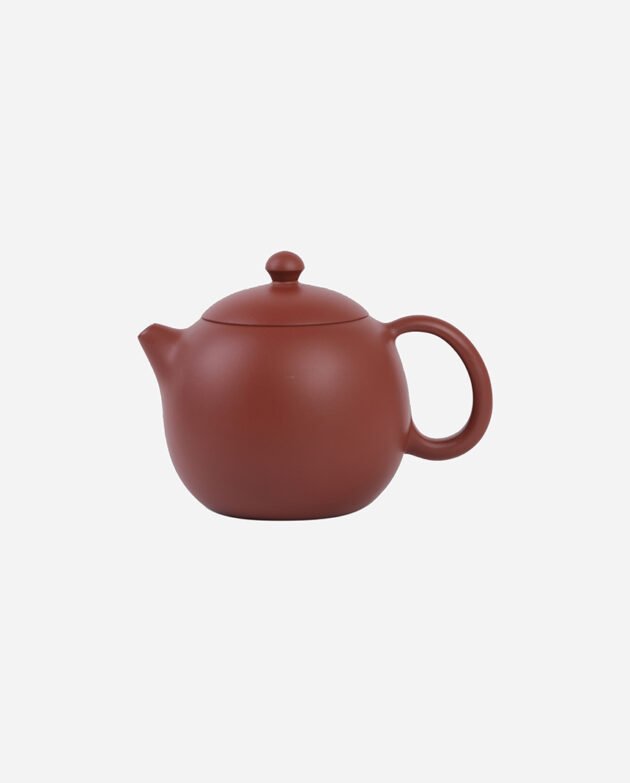
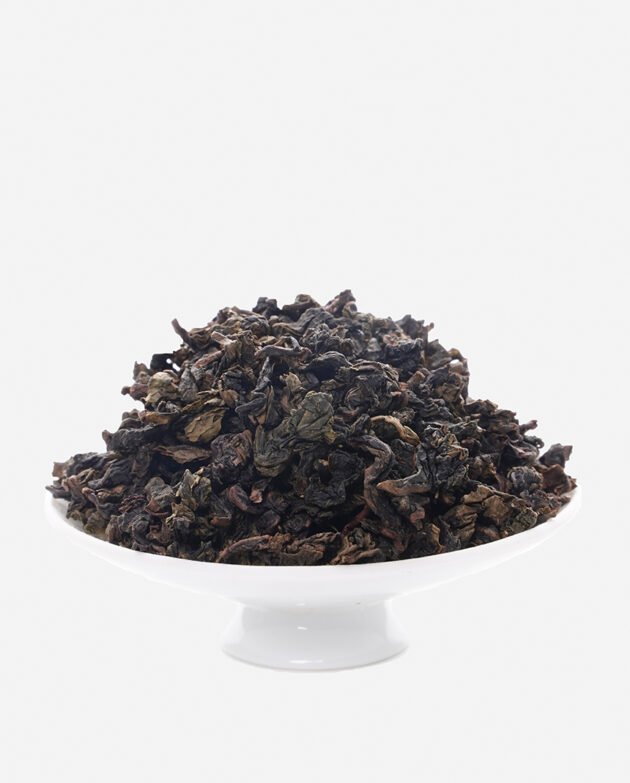
I tried making Black Tea using Zisha teapot for the first time and had an awesome experience. The teapot is very beautiful, cute and handmade ones. A must try and you won’t be disappointed.